1. The Dream That Reached the Moon

Back when imagination was the closest thing to space travel, Jules Verne wrote about a journey from Florida to the Moon in his 1865 novel. What seemed like pure fiction ended up predicting the Apollo 11 mission over a century later. His characters used a massive cannon to launch their capsule, while in reality, a rocket did the job. The idea that humanity could leave Earth once lived only in stories, but Verne’s daring vision showed how fiction can spark real discovery. Sometimes, the future starts as a whisper inside someone’s imagination, waiting patiently to be believed.
2. The Card That Changed Everything
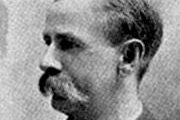
In 1888, Edward Bellamy described a futuristic world where people carried a card to buy anything they wanted without cash. He called it a credit card, and at the time, it sounded like fantasy. Yet today, swiping or tapping has replaced counting coins. Bellamy’s vision captured a world built on convenience, where value moves invisibly through systems. It’s fascinating how something that once existed only in the mind of a dreamer now sits in everyone’s pocket. His prediction shaped how we spend, share, and trust in ways he never could have imagined back then.
3. Healing Through Transplants
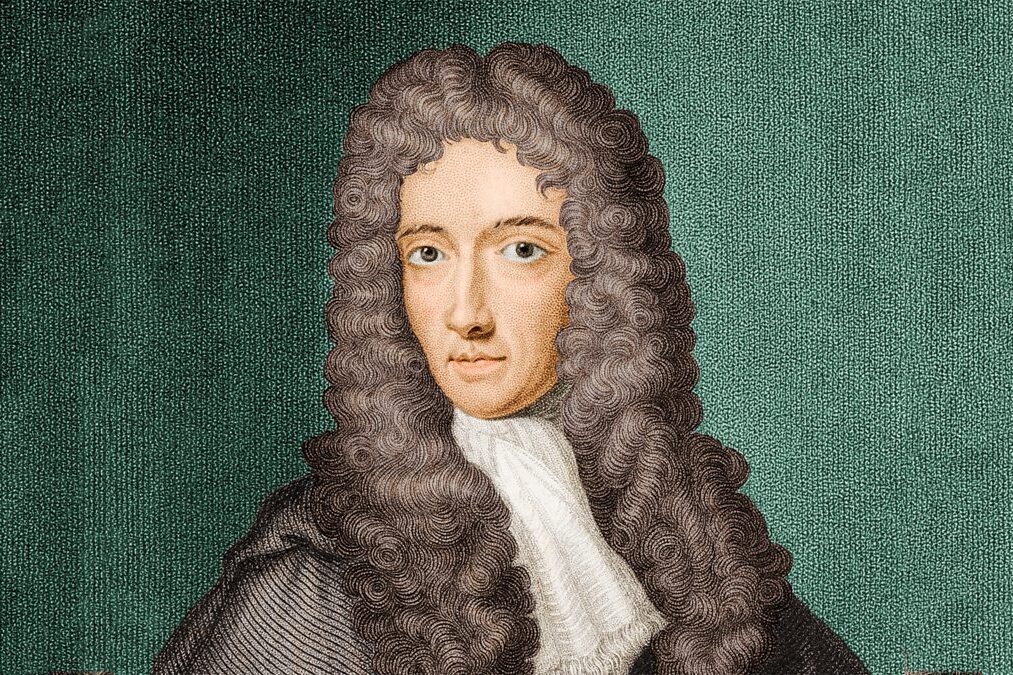
Long before medicine had the tools to even imagine it, scientist Robert Boyle predicted that diseases could be cured by replacing organs. In the 1600s, it was more wish than science. But centuries later, transplants have saved millions of lives. The concept of giving life through another’s sacrifice feels almost poetic. Boyle’s foresight reminds us that many breakthroughs begin as faith in what isn’t yet possible. Every hospital today carries a trace of that belief in human potential to fix what once was considered untouchable and truly beyond reach. His dream became medicine’s quiet miracle.
4. The Tablet That Was a Dream First
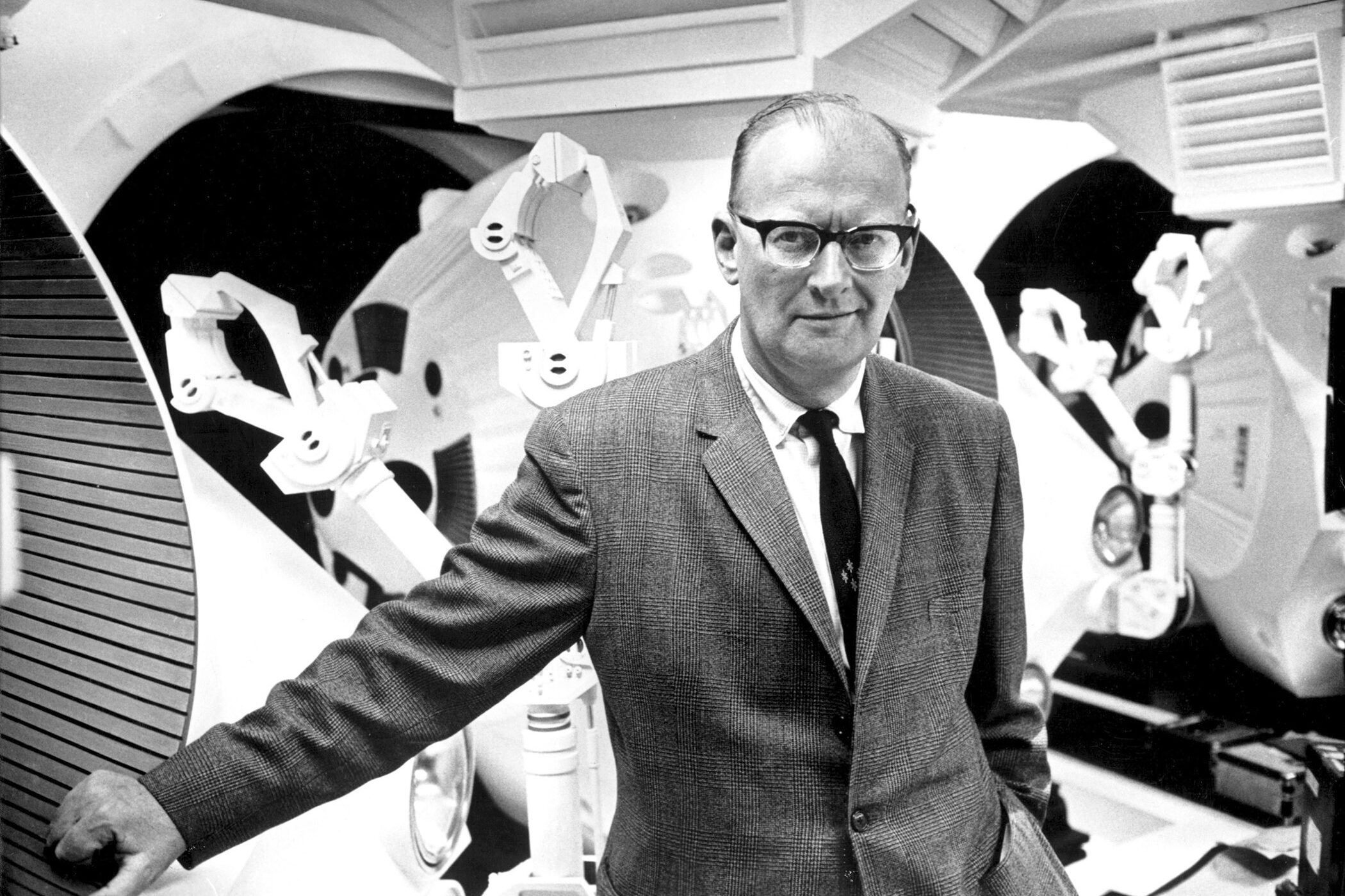
When Arthur C. Clarke imagined a “Newspad” in 1968, he pictured people reading global stories on a thin screen connected to information networks. That single thought predicted the modern tablet, something now used daily without much thought. Clarke wasn’t just describing a gadget; he was describing a shift in how humans connect and consume knowledge. It’s a quiet kind of genius when a writer’s idea moves from page to palm. Every tap and swipe today carries the echo of his old dream, one that blurred the line between imagination and invention.
5. Talking Without Wires
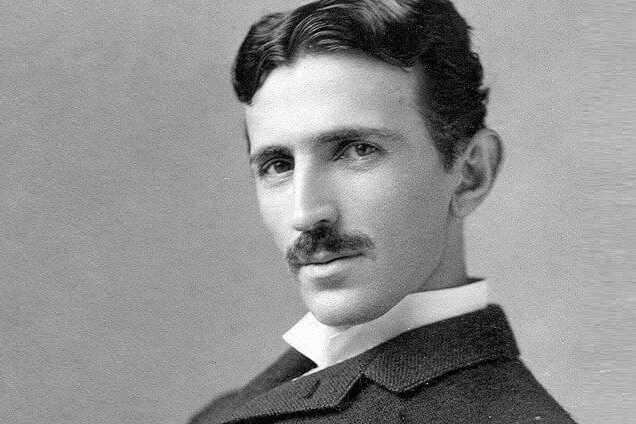
Nikola Tesla once spoke about a future where people could send messages across the world without wires. It sounded unbelievable in the early 1900s, but his vision became the heart of wireless communication. Today’s phones, WiFi, and Bluetooth all trace back to that dream. Tesla imagined a world where connection wasn’t tied down, and somehow, that idea reshaped everything. It’s beautiful to think that he saw a future of constant connection before anyone else could even picture it. His spark lit a global transformation that continues to shape how we communicate today.
6. The Internet Before It Was Born
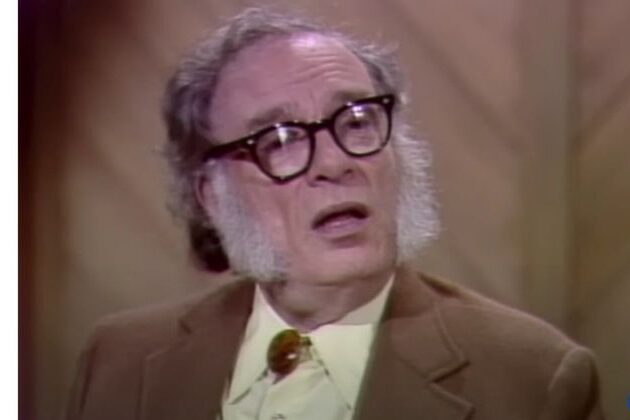
In the late 1980s, writer Isaac Asimov talked about a global network where anyone could access knowledge instantly. It was decades before the internet reached homes, yet his words painted an eerily accurate picture of our digital age. He saw how computers would become teachers, libraries, and companions. Today, we live surrounded by what he imagined. It’s humbling to realize that one man’s vision of shared information reshaped how the world thinks, learns, and connects. The internet was once an idea before it became a need for nearly everyone.
7. The Rise of Two Global Giants

In the 1800s, French thinker Alexis de Tocqueville suggested that two nations would one day dominate global influence, the United States and Russia. His observation came long before superpowers and cold wars. Yet history unfolded just as he said. It’s remarkable how early insight can reveal patterns that shape centuries. The idea of balance between great forces is as old as civilization itself. Tocqueville’s prediction wasn’t about conflict but about destiny, a reflection of how power often moves in pairs across the pages of human history.
8. Talking Pictures and Portable Voices

In 1925, Archibald M. Low predicted personal radio sets, live pictures of faraway events, and alarms that woke people with sound. At the time, such ideas seemed closer to fantasy than fact. Yet today, we hold portable radios, smartphones, and devices that do all three at once. His imagination gave shape to how we now wake, work, and wind down. It’s a reminder that what seems futuristic is often already in motion. The rhythm of everyday life proves how accurate dreamers can be when they trust their curiosity.
9. Everyday Plastic Power

When Bellamy dreamed up his credit card idea, it wasn’t just about convenience. It was about equality and access to shared wealth. Modern credit cards reflect that same principle of trust. From quick payments to online shopping, the card became more than an invention; it became a symbol of progress. It’s interesting how one simple prediction can influence how the world does business. What started as a small concept became the foundation for a global economy built on invisible exchange and the faith that keeps it running.
10. Breakfast with the News
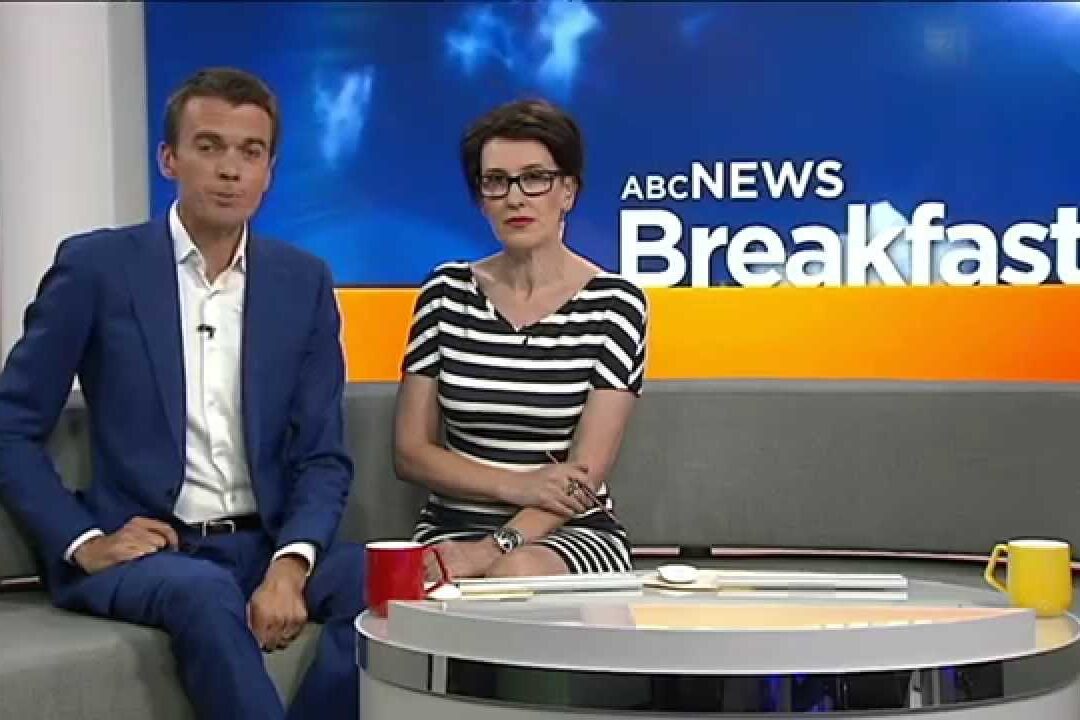
Archibald M. Low once said people would one day enjoy breakfast while listening to world news through loudspeakers and watching live events from afar. Decades later, television and radio turned his prediction into daily habit. Mornings now begin with screens instead of newspapers. It’s amusing how we’ve replaced tea and silence with updates and opinions. Low’s vision caught the shift before it happened, predicting not just technology but culture itself. His words remind us that human curiosity always finds new ways to tune in and stay informed.
11. The Crash That Was Foreseen

Economist Nouriel Roubini was once ridiculed for predicting a financial collapse triggered by housing market instability. Yet his 2006 warnings came true when the global financial crisis struck in 2008. Unlike sci-fi dreams, his forecast was rooted in data, not fantasy. It showed that predicting the future doesn’t always mean imagining gadgets or flying cars. Sometimes it means noticing quiet signs in plain sight. His accuracy reminds us that foresight isn’t luck but observation, courage, and timing. The world learned the hard way to listen more carefully next time.
12. Machines That Learn

Long before artificial intelligence was on everyone’s lips, scientists predicted a time when machines would think for themselves. That day has arrived. From voice assistants to predictive text, AI mirrors human logic and learns from it. It’s fascinating how fiction once warned of robot takeovers, yet reality leans toward partnership. Machines now help diagnose illness, teach languages, and even write stories. The prediction came true, but in a gentler way than imagined. It proves the future isn’t always frightening; sometimes it’s simply more capable than we expected.
13. Working and Learning from Home

Arthur C. Clarke once said technology would free people from being tied to a specific place to work or learn. Decades later, his vision became our reality. The world now studies and earns from couches and kitchen tables. What once sounded like laziness became a lifeline during global lockdowns. It changed how we view productivity and connection. Clarke’s foresight didn’t just predict remote work; it predicted a shift in values, showing that comfort and creativity could share the same space without judgment or restriction.
14. Wearing the Future

Science fiction writers often pictured tiny devices that stayed close to our bodies, giving us constant connection to knowledge and communication. Today, smartwatches, earbuds, and trackers do exactly that. The idea of wearing the future once sounded like a distant dream, but it became part of our wardrobes. It’s strange yet comforting that we now talk to our wrists like old friends. Every ping and buzz proves those predictions were not just about gadgets but about blending technology with the natural rhythm of human life.
15. The World That Thinks Together
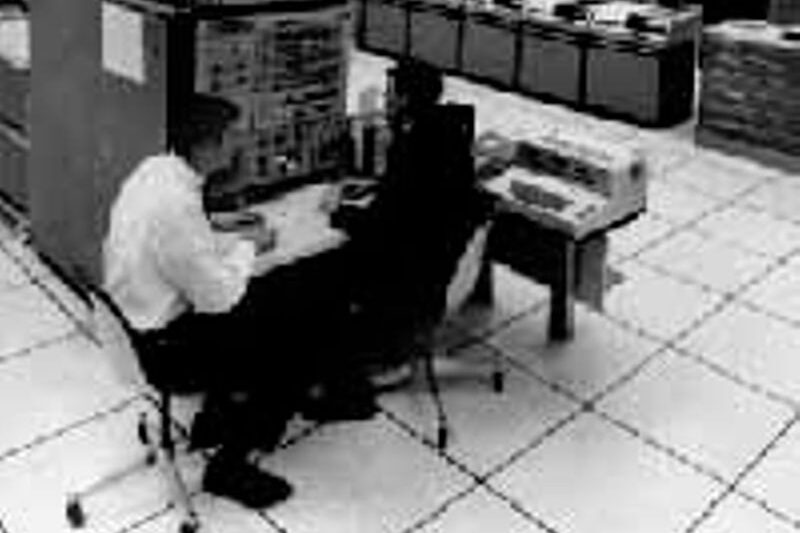
Futurists once imagined a connected planet where everyone could share knowledge instantly. Today, the internet makes that real. Ideas, cultures, and discoveries spread faster than ever before. What was once slow and limited to books now moves at light speed. The dream of shared thought has reshaped how we live, learn, and even feel. It’s fascinating to think how one prediction turned humanity into a living, breathing network of ideas. The future they imagined is no longer distant; it quietly unfolds in our hands.
16. A Change in Women’s Wear
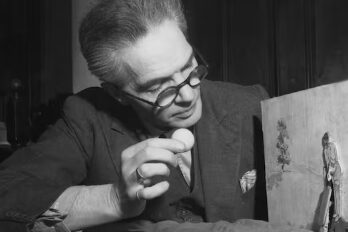
Archibald Low once suggested women would someday wear trousers and dress for comfort rather than expectation. In 1925, that was a bold prediction, but it came true. As decades rolled on, style followed freedom. What began as rebellion became routine. Fashion shifted from control to expression, and women embraced clothes that suited their pace, not their gender. It’s a quiet revolution written in fabric. Low’s prediction shows that the future isn’t only about machines and science; sometimes it’s stitched into the clothes we wear each day.
17. Moving Walkways and Modern Comfort

Low also imagined moving stairways and automatic machines that would make daily errands effortless. Those ideas birthed escalators and travelators that now glide through malls and airports. What once sounded futuristic became ordinary convenience. His foresight was not just mechanical but human, understanding how people seek ease in small things. Every step on those silent belts echoes an old vision that comfort would define progress. It’s proof that even small conveniences can carry the weight of big imagination and the beauty of foresight.
18. Power from Wind and Waves

Before renewable energy became a global goal, Low predicted that wind and tide would one day power human progress. Today, massive turbines and tidal stations turn that dream into clean energy. His insight linked technology with the earth’s natural rhythm. It’s humbling to realize that sustainability was imagined long before it became necessity. The foresight reminds us that true innovation often begins with respect for nature’s gifts and ends with balance between creation and care. His prediction shines brighter in today’s changing world.
19. Libraries Without Walls

Decades before digital learning platforms, writers imagined global libraries that anyone could enter without leaving home. That idea unfolded into online learning and open access education. What once required physical books now takes only a click. It’s touching to think how knowledge, once guarded by gates, became open to anyone willing to learn. The dream of universal access didn’t just change education; it equalized opportunity. Today, those invisible libraries keep the world thinking together, teaching us that shared knowledge keeps progress alive for everyone.
20. The Screens That Know You

Arthur C. Clarke’s vision of a “Newspad” that could plug into networks and display worldwide headlines became today’s smart devices. We scroll and stream just as he described. His prediction wasn’t just about screens; it was about curiosity, the need to stay connected to stories beyond our sight. Each glow of a tablet is proof of how fiction became function. The line between imagination and invention has blurred beautifully. Maybe the next great prediction is already here, waiting quietly in someone’s notebook to come true.
This story 20 Predictions About the Future, That Actually Came True was first published on Daily FETCH


